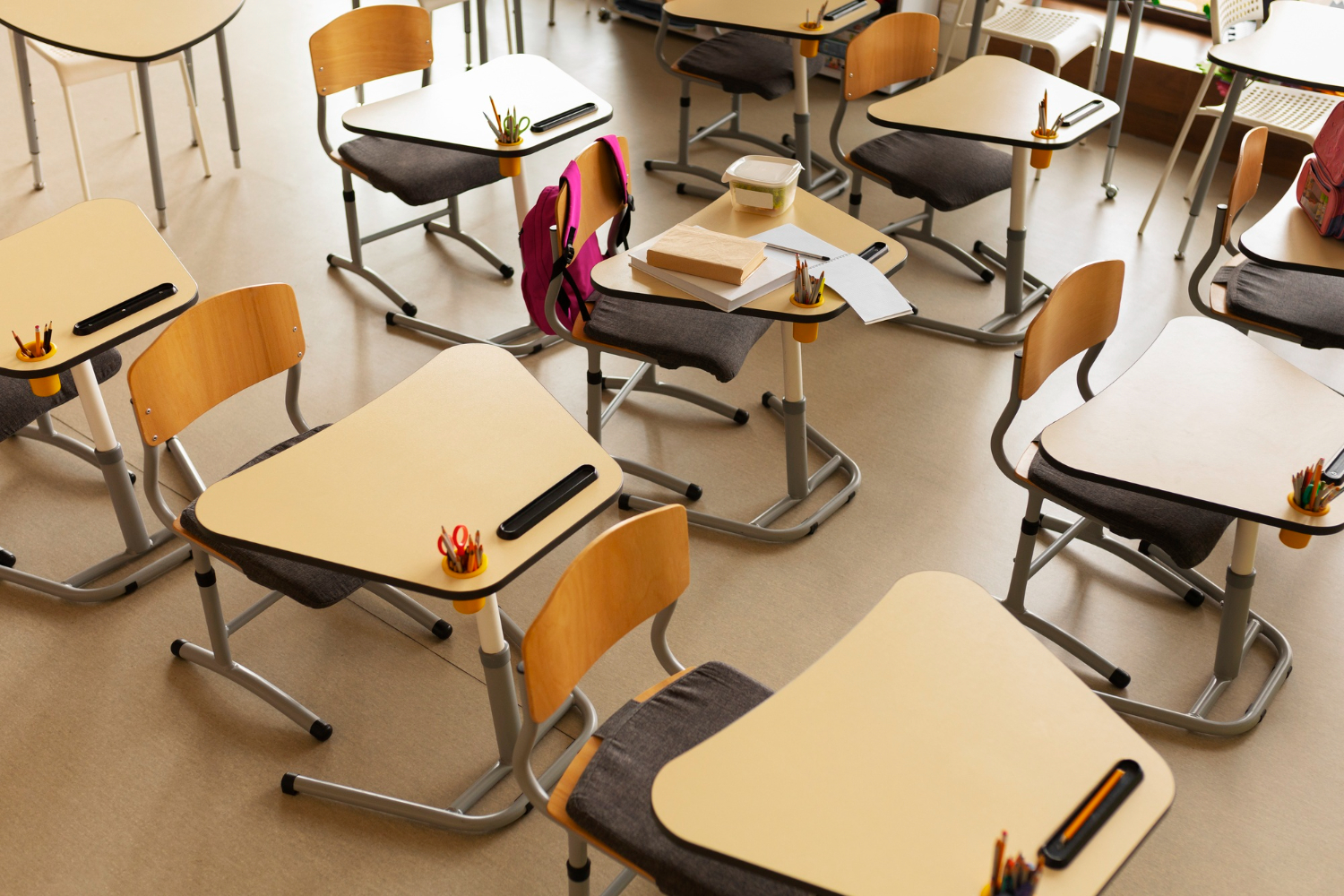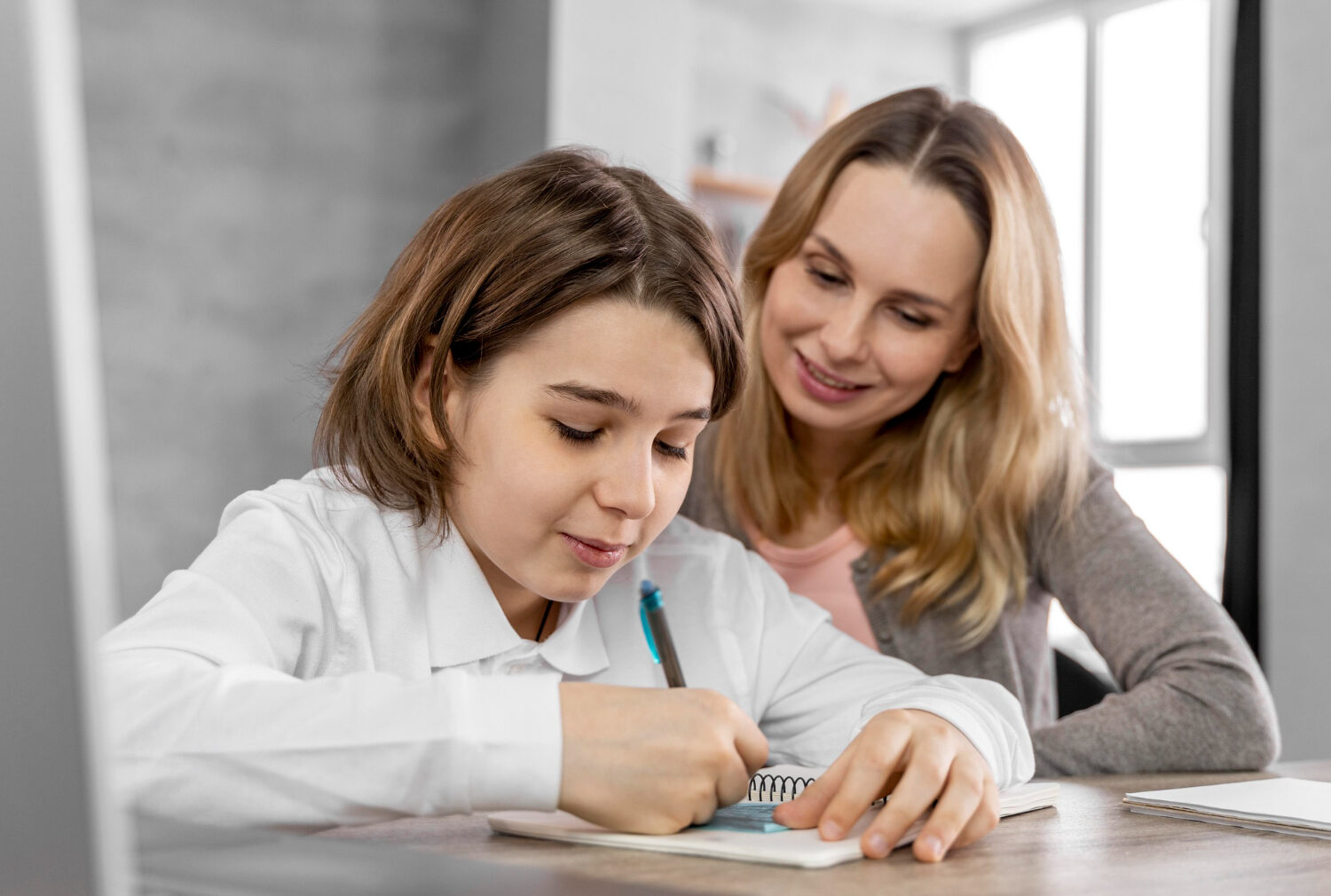The flipped classroom model is an innovative approach to teaching that reverses the traditional learning environment. In a flipped classroom, students are introduced to new content at home, typically through videos or reading assignments, and then apply what they’ve learned in the classroom through interactive activities, discussions, and problem-solving exercises.
This model shifts the focus from passive to active learning and allows teachers to spend more time engaging with students and addressing their individual needs.
In this blog, we’ll explore how teachers can successfully implement the flipped classroom model, including the benefits and steps to get started.










